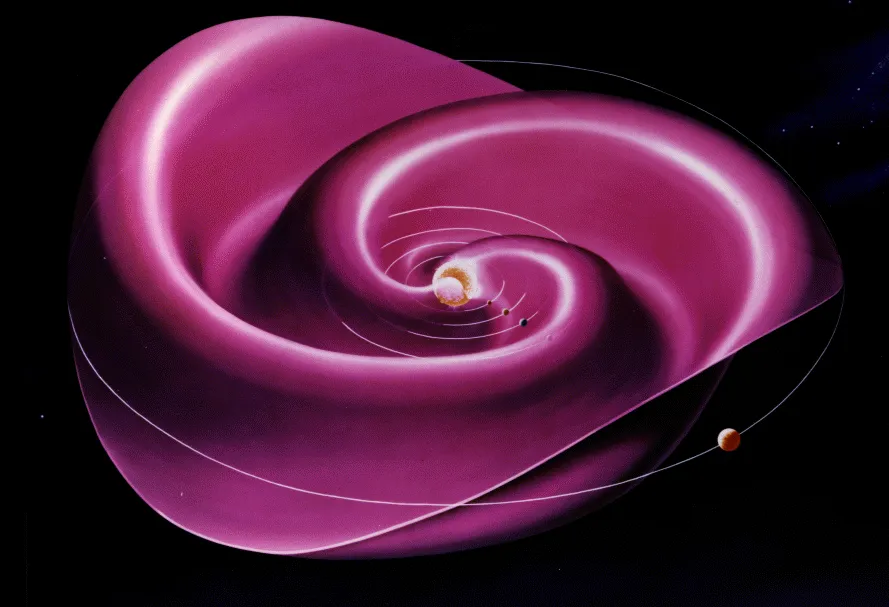The biggest problem with all science is the observer assumption. In all our studies of the universe, we fail to remove ourselves from the equation.
Why It Matters
How we see everything that we see is based on the atoms that we are composed of. The universe is infinite; every particle in the universe is divisible into smaller particles, each of which is divisible in the same way, ad infinitum. In the same way, every particle that we see is combinable into larger particles.
We are on an arbitrary level within this structure, and so we see everything as a function of our atoms. What we call "photons", "electrons", "atoms", "planets", "stars", "black holes", and so on are all because we are using specifically the level that we call atoms to see these things. It does not mean that they are that way, but rather that because we are composed of specifically what we call "atoms" that the particle's relative mass is what makes us see these particles this way.
Everything functions the same. Everything is the same. When we remove the observer from the equation, this is much more apparent. The observer can be composed of any of the infinite levels of the universe. We are simply on an arbitrary level amongst the infinite levels. An observer can be composed of any building block and they will see their adjacent levels within the infinitely larger and infinitely smaller structure in the same way as we do.
Just as on the large-scale, where the only thing that shapes the universe is gravity, so too is it for all levels of the universe. There is nothing but gravity.
This structure, for example, produces what we observe as an electromagnetic field by the gravity of a given mass pulling the relatively infinitesimal particles nearby into Figure-8 orbitals. This is how gravity produces electromagnetism.
Thereby, the infinite universe is able to have infinite dimensions. We are on one and thus we base everything off of one such dimension. This is because we have failed to recognize the observer assumption.
The moon orbits Earth, which orbits the sun, which orbits the supermassive black hole at the center of the Milky Way, which orbits another larger mass, which orbits another larger mass, which orbits another larger mass, ad infinitum. When we try to seek a base level, a so-called "elementary particle", we assume that there is one. However, when the observer is removed, this structure of infinitely larger masses provides a pattern that goes in both directions. There is no such thing as an elementary particle.
All particles go through the same stages of existence, whether we observe them as photons, electrons, atoms, planets, stars, or black holes and beyond. However, the rate at which this occurs compared to other particles is dependent on their relative masses. Small particles go through the cycle so rapidly that they appear different than larger particles. This is an illusion. All things function the same. Relatively large particles go through the cycle so slowly that they appear frozen in time, to an observer on a given level of the universe.
This is why electrons are able to be "excited" rapidly and observably instantaneously because we are observing them based on our atoms. Just the same, stars take billions of years to supernova--which is the same mechanism as an excited electron--because we are observing them based on our atoms, which function much more rapidly than relatively larger mass stars. The very rate at which we observe our surroundings is dependent on the relative rate that our atoms function.
All things are relative and yet all things function the same, when the observer is extracted. This is the way of the universe. An atom is a solar system, is a galaxy, is every other particle dependent on the observer's largest building block's relative mass.
For example, the sun's heliospheric current sheet causes the Kuiper belt to be manipulated so that the solar system is observed as a galaxy.
For more information, see CascadingUniverse.Org
